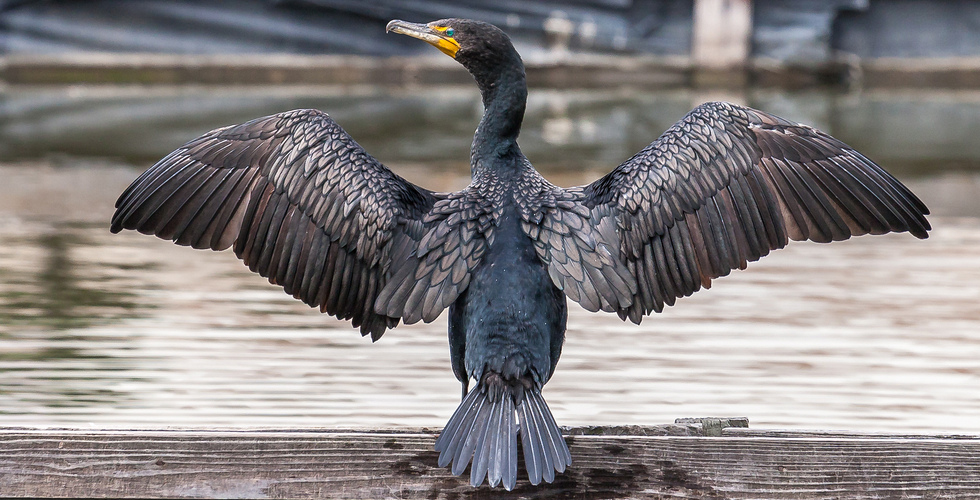Getting A Read On Wild Animals' Age

(ISNS) -- While pets and livestock often have known birthdates, the ages of animals in the wild have been difficult to track down, but that may change. A new skin analysis test can give accurate information about the ages of wild animals -- from cormorants to coyotes.
Getting an accurate picture of animal age distribution can be important for making decisions on how to best manage wildlife. Age is one piece of the complicated study of the present and future of animal populations.
“We never actually know the number of animals in a population, so we never know if populations are increasing or decreasing or stable,” said Randal Stahl, a researcher with the National Wildlife Research Center in Fort Collins, Colo. Stahl reported the design of the new test at the National Meeting & Exposition of the American Chemical Society in August.
The test works by punching out a pencil-eraser-sized piece of skin from an animal and analyzing it for small amounts of pentosidine, a compound all animals produce. Stahl said that pentosidine is a biomarker for substances that build up in the body as a result of aging, making it a naturally built biological clock. While previous tests required a large amount of skin to analyze, the new one requires just a small amount, which causes less harm to the animal.
Currently, the scientists are trying the test on double-crested cormorants, which make a good test subject.
"They're a long-lived migratory bird, so there is a lot of interest in how they move around," said Stahl.
In the Great Lakes region, federal and state agencies are trying to manage the large fish-eaters' populations to reduce their impact on the environment -- and to do that they need to know how many breeding pairs are in the area. While Stahl's team is still compiling the data, previous versions of the test were accurate to about three years’ time.
"If a new invasive species is moving in and the individuals are past their reproductive years, then it wouldn’t be as dangerous as having a big population that are breeders," said Michael Moulton, a professor of wildlife ecology and conservation at the University of Florida, in Gainesville.
The new test could be a valuable tool, but understanding the demographics of a big population can be tricky, said Paul Curtis, an extension wildlife specialist in the department of natural resources at Cornell University in Ithaca, N.Y. In order to create a picture of current and future populations, the scientists would need more information than just age -- they would need survival and birth rates.
"This method would provide a snapshot of the population age structure if enough samples could be analyzed, and it was cost-effective," Curtis said, adding that hundreds of animals would need to be analyzed to get a representative sample for a thousand-member group.
Stahl’s team plans to use the skin analysis method to study other wild populations, such as invasive species of snakes and lizards in Florida. They are also interested in using the method to understand the demographics of urban coyote populations, to better avoid conflict between people and wildlife.
